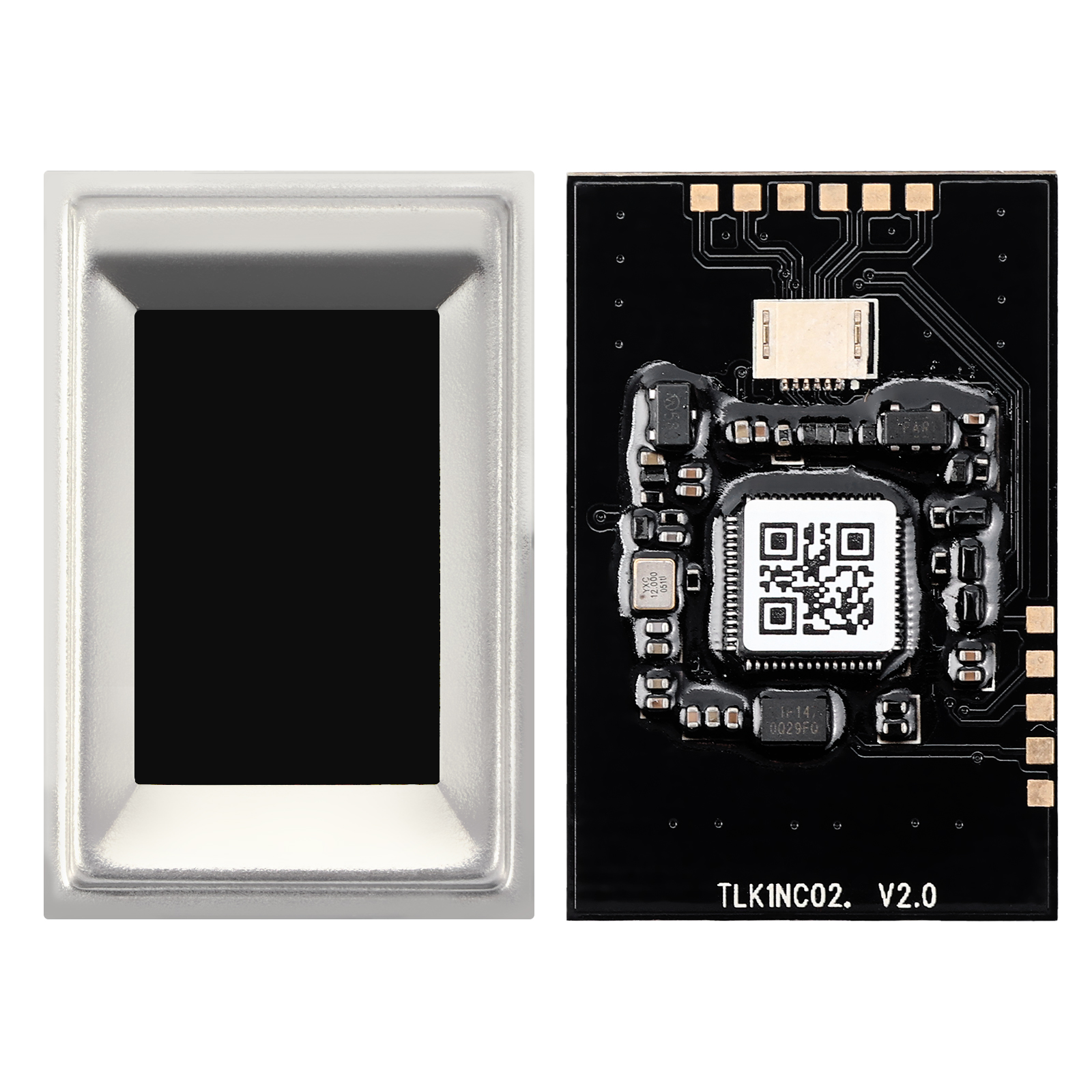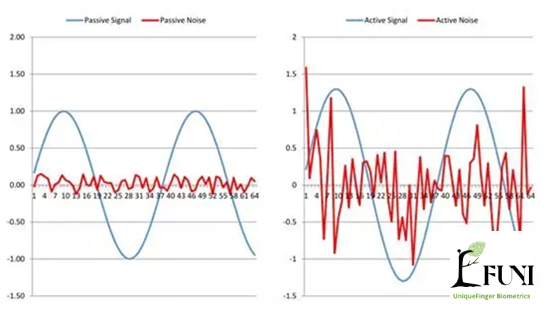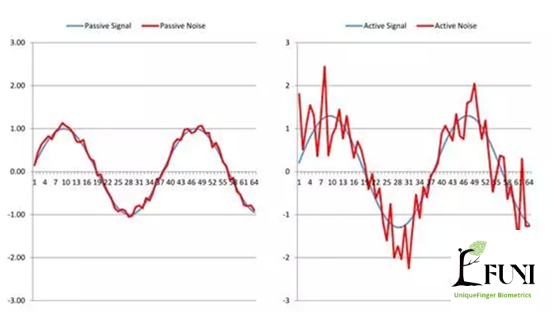Technological Innovation
The difference between capacitve active fingerprint sensor and passive sensor
FUNI is a professional biometric fingerprint identity technology integrator, including capacitive Fingerprint Sensor, module and reader, optical Fingerprint module. Our module is slim and light, low power consumption with internationally recognized interface and easy-developing.
Although passive capacitive fingerprint sensor and active capacitive fingerprint sensor are both developed and designed based on the principle of capacitance to capture the fingerprint feature values, the working principles of the two are completed different.

Passive principle is more direct and has simpler structure.
The principle of active type is mainly to increase the detection signal RFID to enhance the finger surface charge, so that the inductive array receives the electric field signal and amplifies the signal,according to the inconsistent electric fields causing by the inconsistency of fingerprint concave and convex to reproduce the fingerprint.
The working principle of the passive type is to use the finger press on the surface of the chip and the the peaks and valleys of the fingerprint will affect the electrode charge distribution in the chip. And according to the influence proportion, it reproduces the fingerprint ,without the need to increase the additional drive source, the chip structure is very simple (as shown below), but also because of the absence of additional drive signals, the module does not need to be external auxiliary components, and the structure is also very simple.

Our TLK1D-M serial is a large-scale sensor, having active fingerprint sensor (with metal frame) and passive fingerprint sensor(without metal frame). Both is with high-speed SPI interface, which is a good choice for fingerprint scanner, biometric attendance, fingerprint POS terminal, biometric identity solution and also suitable for industry application to capture the large-scale sensor.
Passive type has less noise and better handling than active type, lighter and thinner module with lower power consumption.
In principle, the active program must have a drive source loaded onto the finger, this is also the early days of Authentec, FPC, IDEX and other active chip program must have Ring's reason. Although later, the FPC, the top of the chip factory to provide a program without Ring, but must be dedicated a driver chip (such as FPC2050, GF118, etc.). It still doesn’t get rid of the characteristics of the external drive signal, but the drive signal buried inside the chip. The external driver chip not only raise the cost of the whole module, but also the structure will be more complex.
The industry rumor is that the passive program is weak because there is no external drive signal to enhance the drive ability, and can not do highlighting coating or cover program. For this statement, it may be nothing more than the competitor's words. For the driving ability of the problem, we might as well analyze from the following chart:

From the above chart we can see that the passive signal is indeed not as strong as the active type, but do not ignore the impact of noise. Without internal drive source, the passive type haves little noise, the environment is very clean while the active one has larger noise. So the passive type can be matched to the thinner medium than the active type (as shown below).

In conclusion, both has their advantages. If you need strong signal and high score of matching, the active fingerprint sensors are better. And if you pusuit of good-looking and don’t care about the matching score, the passive one would be more suitable with lower consumption.
RELATED NEWS
CATEGORIES
LATEST NEWS
CONTACT US
Contact: Shirley Xie
Phone: +86-18617066102
E-mail: Shirleyxie@uniquefinger.com
Whatsapp:8618617066102
Add: Shenzhen Software Park, Gaoxin South 7th Road, Nanshan District, Shenzhen, China
